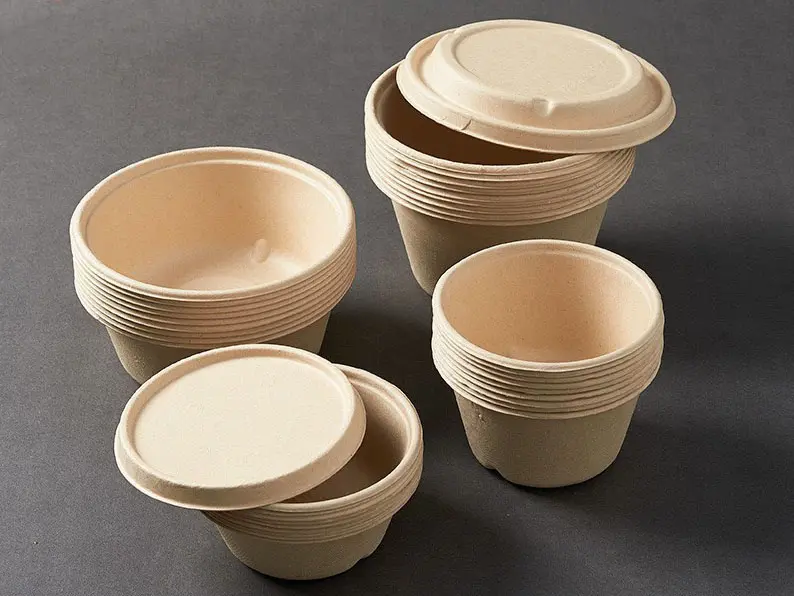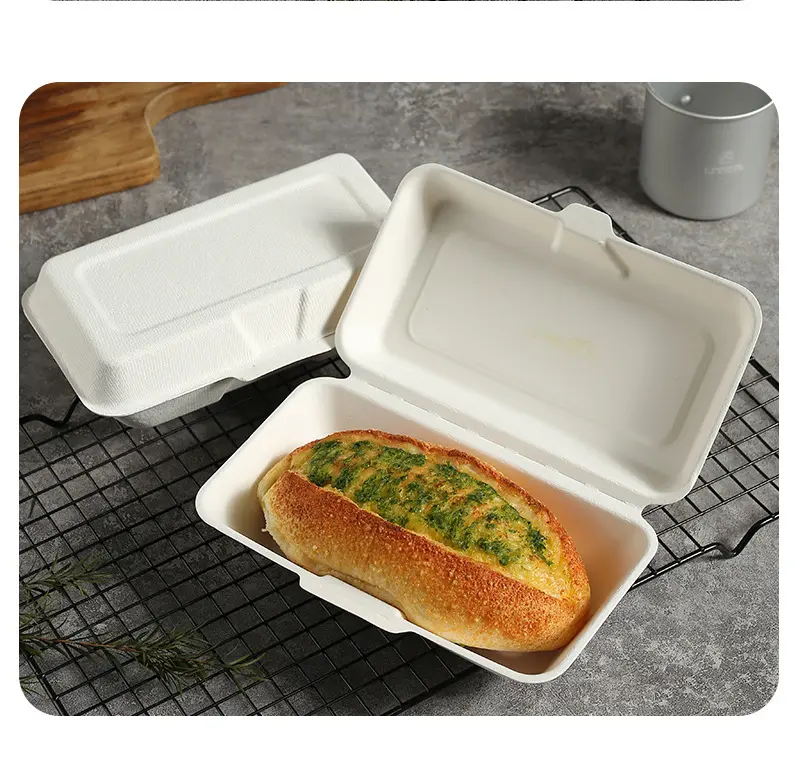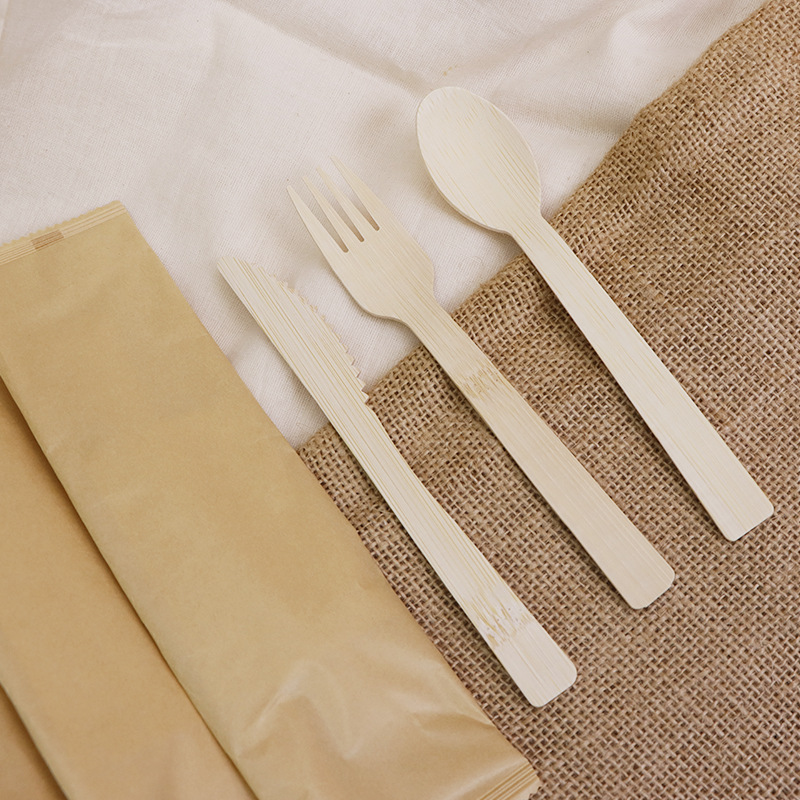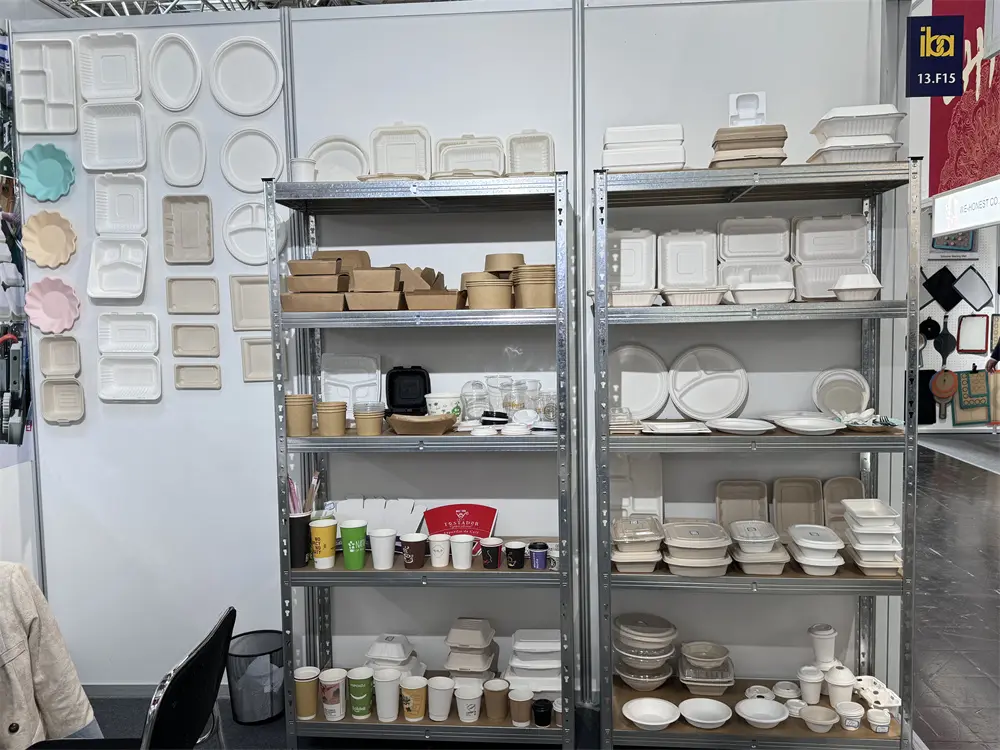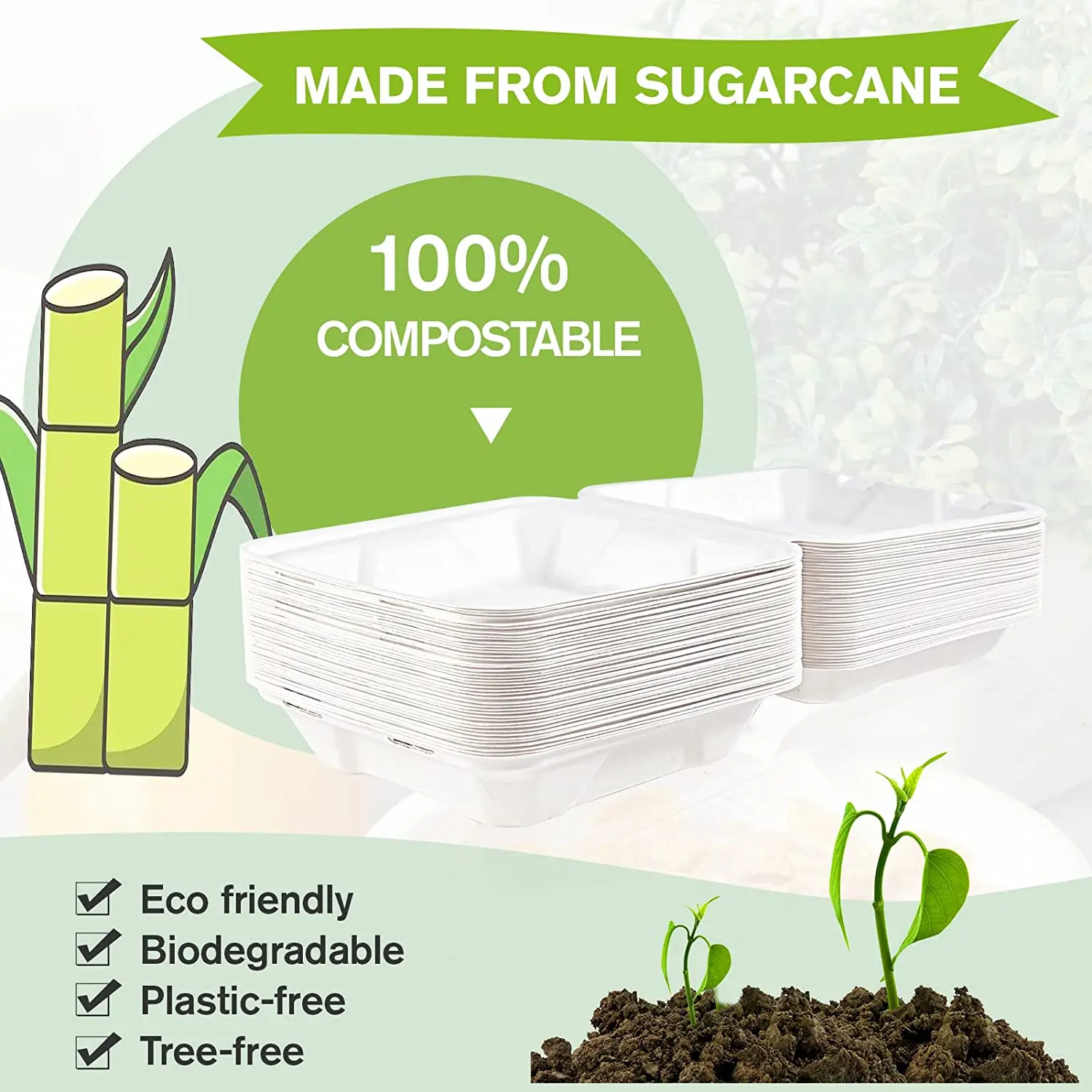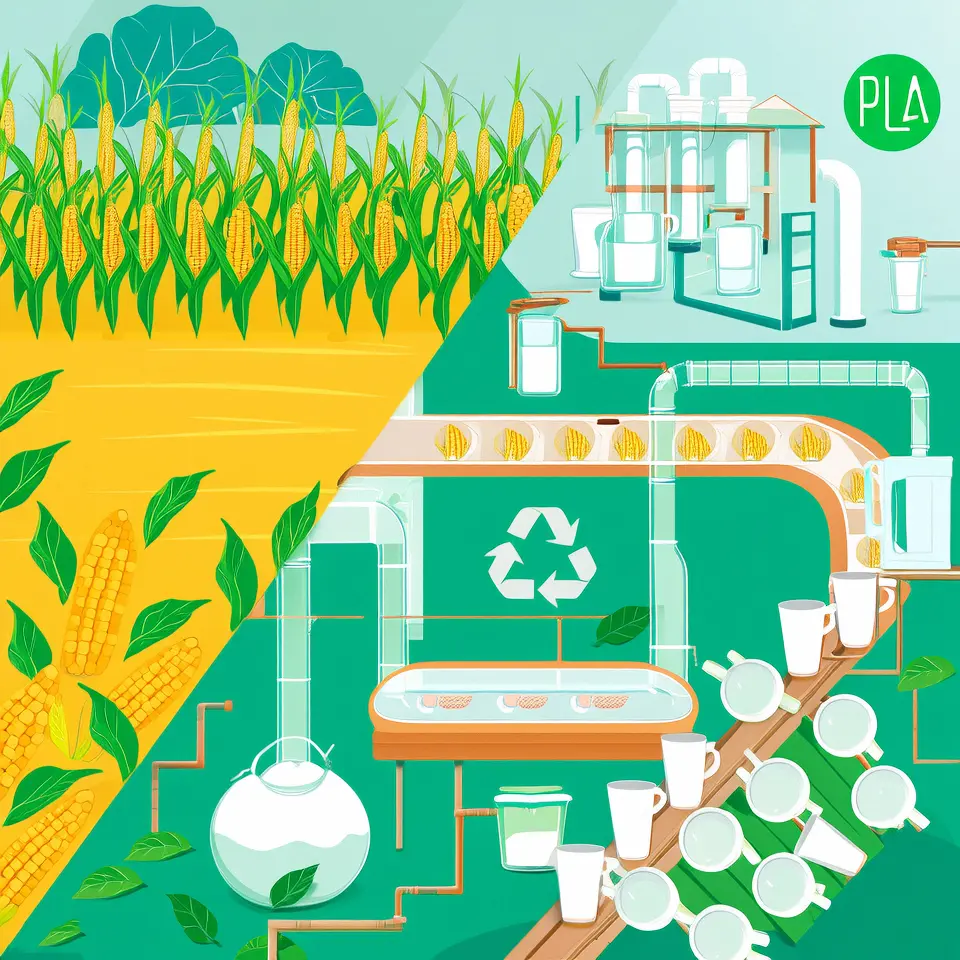What is Bagasse? Exploring the Versatile and Sustainable Material
In the quest for sustainable and eco-friendly materials, one often-overlooked resource has emerged as a promising solution: bagasse. Derived from sugarcane, bagasse is a versatile byproduct with numerous applications, particularly in the manufacturing of biodegradable and compostable products.
What is Bagasse?
Bagasse is the fibrous material that remains after sugarcane stalks are crushed to extract their juice. Historically, this residue was often burned or discarded, leading to environmental pollution and wasted resources. However, modern innovations have transformed bagasse into a valuable raw material with a wide range of applications.
Properties of Bagasse
1. Biodegradability: One of the most significant advantages of bagasse is its biodegradability. Unlike synthetic materials like plastic, which can take hundreds of years to decompose, bagasse products break down naturally within a few months, reducing waste and minimizing environmental impact.
2. Compostability: Bagasse is also fully compostable. When disposed of in industrial composting facilities, it can be converted into nutrient-rich soil, further enhancing its environmental benefits.
3. Renewable Resource: Sugarcane is a rapidly renewable resource, meaning it can be grown and harvested relatively quickly compared to trees used for paper production. This makes bagasse a sustainable alternative to traditional wood-based products.
4. Durability: Despite being biodegradable, bagasse products are surprisingly durable. They can withstand temperatures ranging from freezing to hot, making them suitable for both cold and hot foods.
5. Microwave and Oven Safe: Many bagasse products are microwave and oven safe, adding to their convenience and versatility.
Applications of Bagasse
1. Tableware: One of the most prominent uses of bagasse is in the production of tableware. Items such as bagasse plates, Bagasse Bowls, and bagasse clamshell boxes are widely used in the food service industry. These products offer a sustainable alternative to plastic and Styrofoam, reducing the environmental footprint of restaurants and catering services.
2. Packaging: Bagasse is also used to create various types of packaging, including trays, containers, and wraps. These packaging solutions are ideal for transporting and storing food, cosmetics, and other consumer goods.
3. Building Materials: In some regions, bagasse is used as a raw material for producing building materials like fiberboard and insulation. These products are not only sustainable but also provide excellent thermal and acoustic insulation.
4. Bioenergy: Bagasse can be used as a feedstock for bioenergy production. When burned, it generates heat that can be used to produce electricity or steam, making it a viable source of renewable energy.
5. Animal Bedding: Due to its absorbent properties, bagasse is sometimes used as animal bedding in farms and stables. It helps maintain a clean and dry environment, reducing odors and improving animal welfare.
Environmental Impact
The use of bagasse in various applications has several positive environmental impacts:
• Reduction in Waste: By utilizing a byproduct that would otherwise be discarded, bagasse helps reduce waste and pollution.
• Carbon Footprint: The production and disposal of bagasse products have a lower carbon footprint compared to traditional plastic and paper products.
• Soil Health: When composted, bagasse enriches the soil, promoting healthy plant growth and biodiversity.
Conclusion
Bagasse is a remarkable material that offers a sustainable and eco-friendly alternative to many conventional products. From tableware to packaging, building materials to bioenergy, the versatility of bagasse is driving innovation and helping to address pressing environmental challenges. As awareness of the importance of sustainability grows, the adoption of bagasse-based products is likely to increase, contributing to a greener and more resilient future.We hope this blog post has provided valuable insights into the world of bagasse and its potential to make a positive impact. If you have any questions or would like to learn more about sustainable materials, please feel free to reach out to us. Together, we can work towards a more sustainable and environmentally friendly world.





